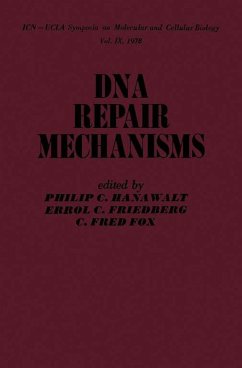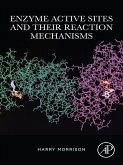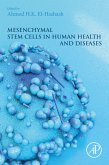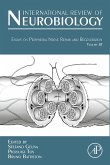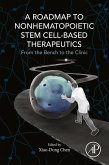This book, divided into 15 parts, is arranged according to the proceedings in the conference. The plenary sessions are grouped with the related workshop and poster manuscripts. The first two parts generally tackle repair in terms of its identification and quantification, as well as the models, systems, and perspectives it utilizes. The following parts discuss the various types of repair including base excision, nucleotide excision repair in bacteria, excision repair in mammalian cells, inducible/error-prone repair in prokaryotes, and strand break repair in mammalian cells among others.
This reference material looks into the replicative bypass mechanisms in mammalian cells, viral probes, and hereditary repair defects. It explains repair deficiency and human disease, as well as mutagenesis and carcinogenesis. The last part of this book deals with the consequences and effects of DNA repair.
This volume is a helpful source of reference for students, teachers, scientists, and researchers in the different fields of genetics, radiology, biochemistry, and environmental biology.
Dieser Download kann aus rechtlichen Gründen nur mit Rechnungsadresse in A, B, BG, CY, CZ, D, DK, EW, E, FIN, F, GR, HR, H, IRL, I, LT, L, LR, M, NL, PL, P, R, S, SLO, SK ausgeliefert werden.

